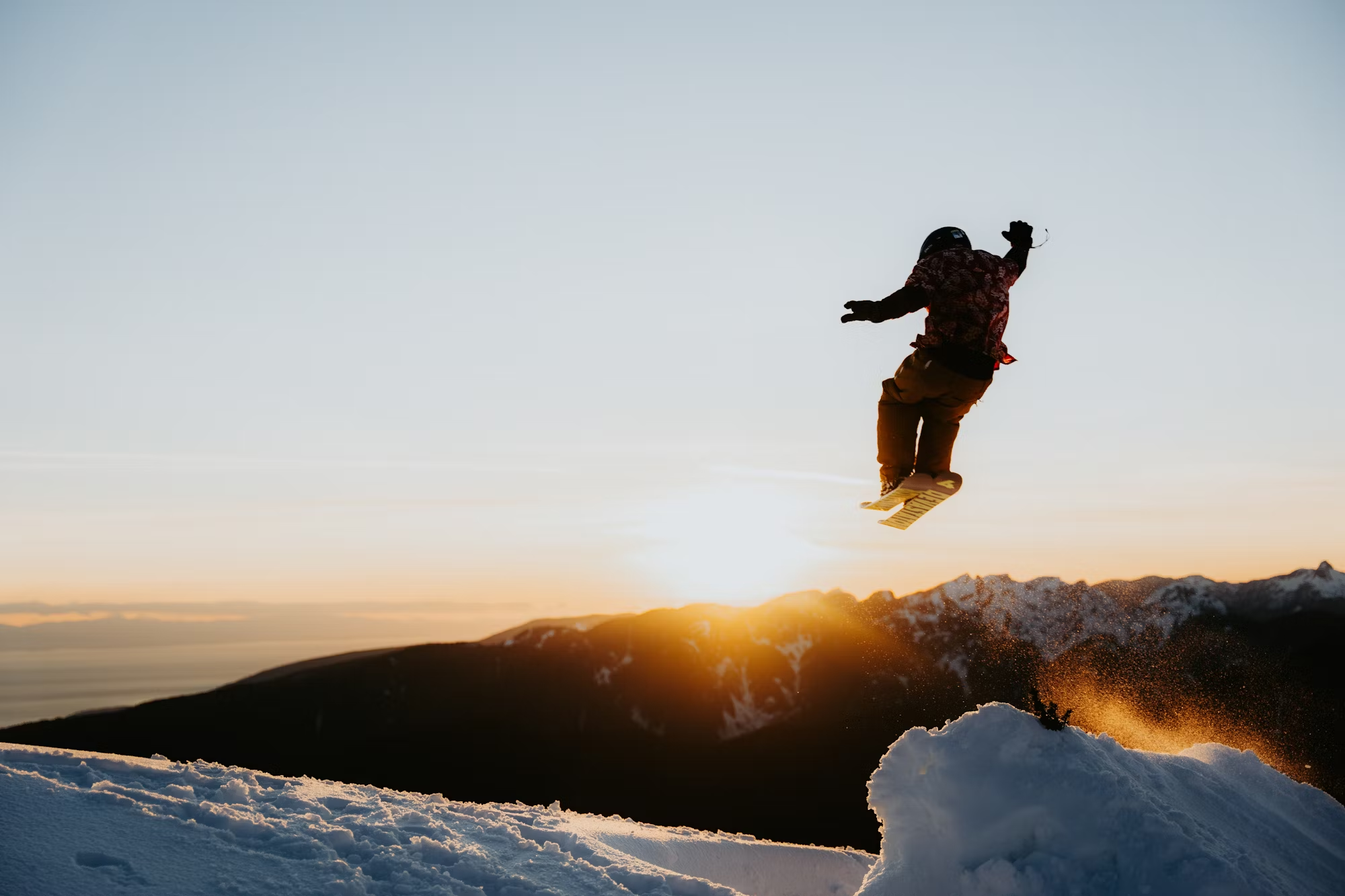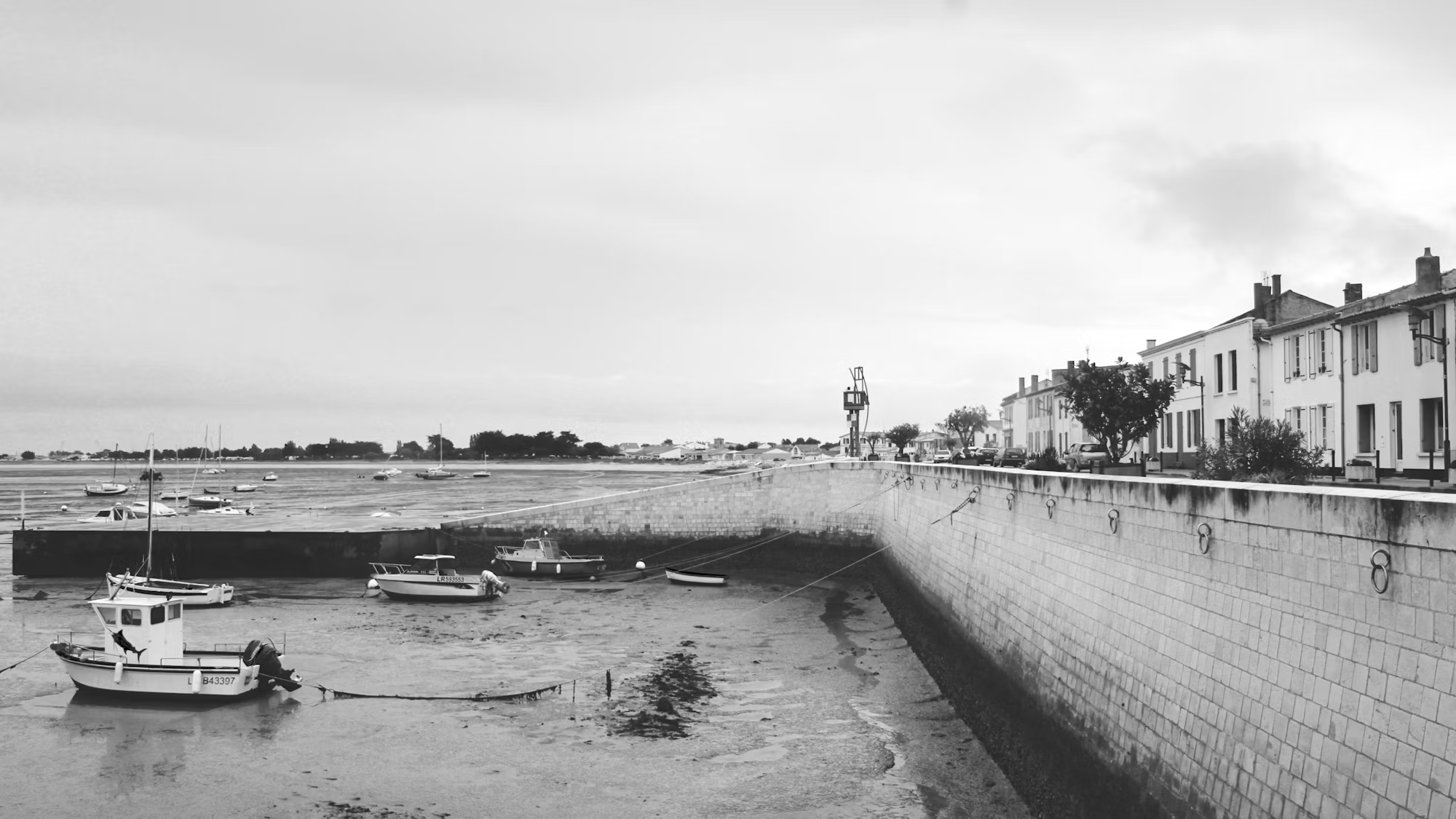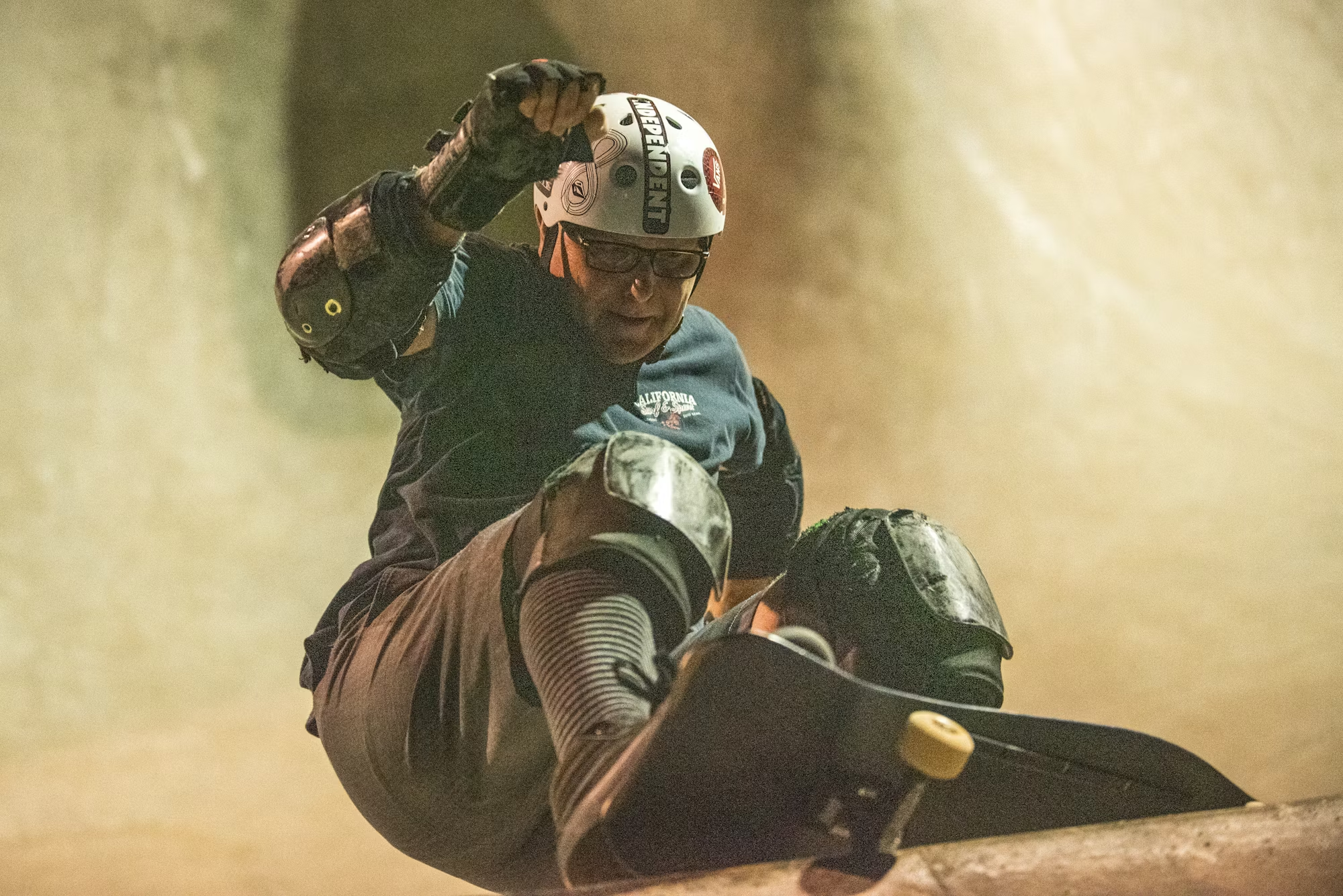Snowboarding is a thrilling winter sport that offers a range of styles and techniques to suit different preferences and skill levels. Whether you’re a beginner eager to learn or an experienced rider looking to refine your skills, understanding the various styles of snowboarding can enhance your overall experience. In this comprehensive guide, we’ll explore the different disciplines, their unique characteristics, and the gear you’ll need to excel in each.
1. Freestyle Snowboarding
Freestyle snowboarding is all about creativity, expression, and executing tricks. This style typically takes place in terrain parks, which are equipped with features like jumps, rails, and halfpipes.
Terrain Park Riding
Riders who focus on terrain park riding often perform a variety of tricks, including spins, flips, and grinds. These features are designed to challenge riders and encourage innovation. Freestyle riders usually prefer shorter, more flexible boards that allow for better maneuverability and control.
Halfpipe Riding
Another key component of freestyle snowboarding is halfpipe riding. In this discipline, riders navigate a U-shaped structure, gaining momentum as they ride up and down the walls. The goal is to perform aerial tricks and maintain fluidity throughout the run. Riders in this category often use specialized boards that are designed to excel in halfpipe conditions, emphasizing stability and pop.
2. Freeride and All-Mountain Snowboarding
Freeride and all-mountain snowboarding emphasize versatility, allowing riders to explore varied terrains and conditions.
All-Mountain Riding
All-mountain riders are adaptable, navigating groomed trails, moguls, and natural features. This style is ideal for those who want to experience everything the mountain has to offer. All-mountain boards are typically designed for stability and control across different surfaces, making them a great choice for intermediate riders.
Backcountry Riding
For those who seek adventure beyond the marked trails, backcountry riding is the way to go. This style involves venturing into ungroomed areas, often requiring hiking or splitboarding to access pristine powder and natural features. Riders must be prepared for changing conditions and should carry safety equipment, including avalanche gear and GPS devices.
3. Freeride Snowboarding
Freeride snowboarding focuses on riding steep, challenging terrain, often found in backcountry settings.
Big Mountain Riding
Big mountain riders tackle rugged landscapes, navigating cliffs, chutes, and deep powder. This style requires skill, confidence, and the right equipment to handle extreme conditions. Freeride boards tend to be longer and stiffer, offering stability at high speeds and in variable snow.
4. Alpine and Race Snowboarding
Alpine snowboarding is a more technical discipline that emphasizes precision and speed.
Alpine Racing
Alpine racing involves navigating courses marked by gates and turns. Riders must employ sharp carving techniques and maintain high speeds while maneuvering through the course. This discipline requires specialized gear, including hard boots and carving-specific boards designed for optimal edge control.
Boardercross/Snowboard Cross (SBX)
Boardercross combines elements of racing and freestyle, with multiple riders racing down a course featuring jumps, berms, and obstacles. Riders must strategize their path while maintaining speed and avoiding collisions. This high-energy discipline is perfect for those who thrive in competitive environments.
5. Splitboarding
Splitboarding is a unique discipline that allows riders to access remote areas by transforming their snowboard into two skis for uphill travel. This style is ideal for backcountry enthusiasts seeking untouched terrain. Splitboarders must familiarize themselves with techniques for both climbing and descending, making it a versatile choice for adventurous riders.
6. Adaptive Snowboarding
Adaptive snowboarding provides opportunities for individuals with disabilities to participate in the sport. Adaptive techniques and specialized equipment, such as sit-ski setups or modified boards, allow riders to enjoy the thrill of snowboarding. This inclusive approach emphasizes the importance of accessibility in winter sports, enabling everyone to experience the joy of riding.
Tips for Choosing Your Snowboarding Style
Selecting the right snowboarding style involves considering your skill level, interests, and the type of terrain you wish to explore. Here are some tips to help you make your decision:
1. Assess Your Skills: Determine your current skill level and comfort on the board. Beginners might find all-mountain or freestyle riding more approachable, while advanced riders may gravitate towards freeride or alpine disciplines.
2. Consider Your Interests: Think about what excites you most about snowboarding. If you enjoy performing tricks, freestyle might be the best fit. If you prefer exploring nature, backcountry or freeride may be more appealing.
3. Test Different Gear: Experiment with different boards, boots, and bindings to see what feels best for your chosen style. Many ski resorts offer rental options, allowing you to try out various setups before making a purchase.
4. Seek Guidance: Consider taking lessons from experienced instructors who can provide insights into specific styles and help you develop your skills.
Conclusion
Snowboarding is a multifaceted sport that caters to a wide range of interests and skill levels. By exploring the different styles—from freestyle and freeride to alpine racing and adaptive snowboarding—you can find the perfect fit for your riding preferences. Remember that the key to enjoying your time on the slopes is not just mastering techniques but also having fun and embracing the unique experiences each style offers. So grab your gear, hit the mountain, and discover the thrill of snowboarding!



